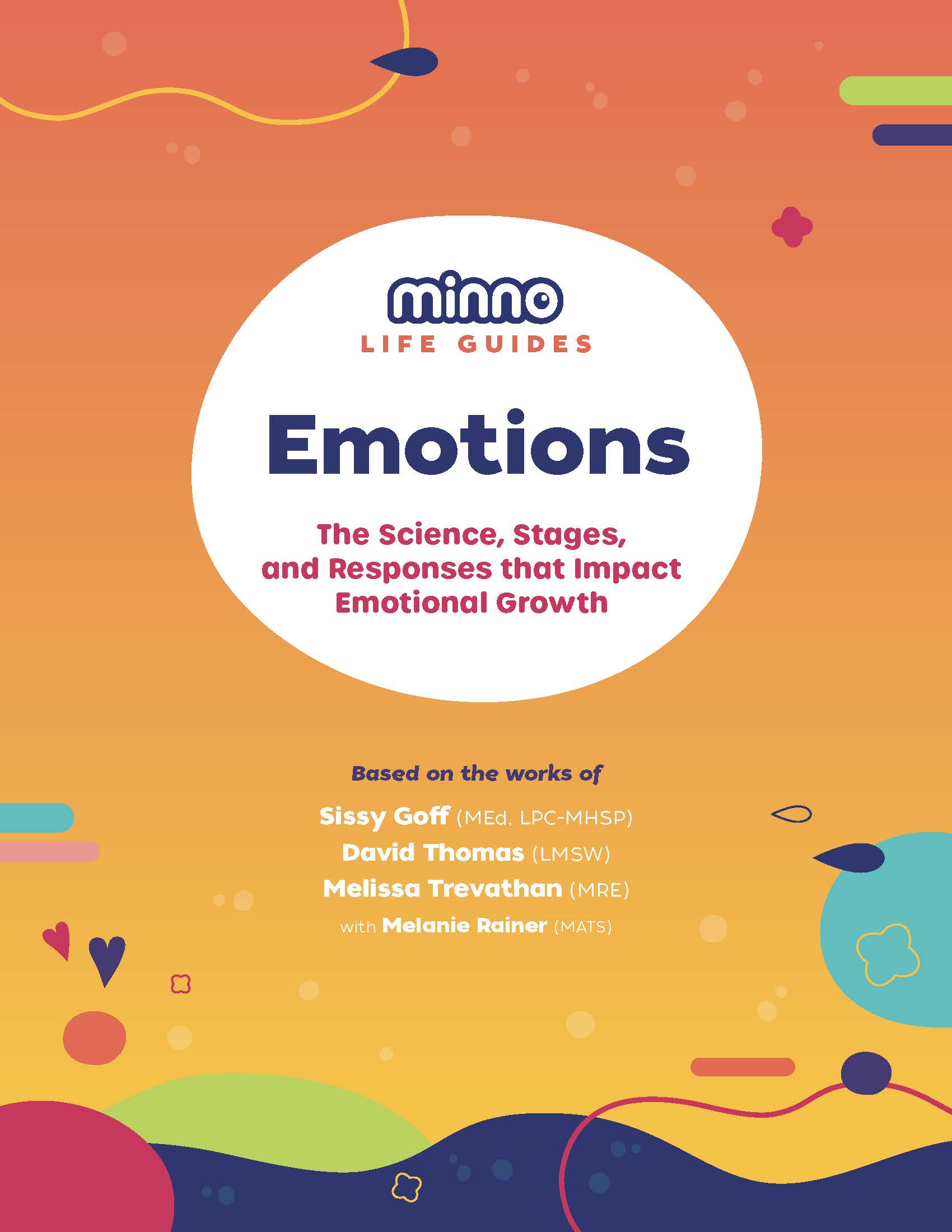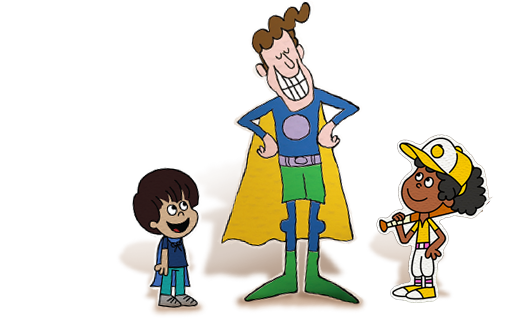A Parent’s Guide to the Benefits of Social Emotional Learning

Imagine for a moment that your four-year-old walks up to you holds out his shoe and says, “Mommy, I’m frustrated! Can you help?”
And in this idyllic moment, you plop down together on the floor as you gently remind him to pull out the tongue and tug on the back and cheer him on to success.
You may now awake from your dream into the more likely reality: a tantruming preschooler whose left shoe just landed in a thud against the wall.
Ahhh, that sounds more familiar.
After all, kids sometimes lose their cool. And other times, they can’t quite seem to keep a lid on their excitement—joy and energy bursting out in every direction, with no thought given to their audience or surroundings.
In moments like these, we parents have a few choices:
We can suck it up and ignore them.
We can put our foot down and discipline them.
We can show them a better way.
Social-Emotional Learning: A Better Way
Experts now tout social-emotional learning as a key tool in helping kids understand and regulate emotions.
What is social-emotional learning? Social-emotional learning offers a framework for teaching kids to grow in the following areas:
- Self-awareness
- Self-management
- Social awareness
- Relationship skills
- Responsible decision-making
With purposeful intention on behalf of parents, educators, coaches, and carefully-selected media, kids can work to identify what they’re feeling and develop a plan of action to follow those feelings.
Sounds too good to be true, I know. But it isn’t!
Social-Emotional Learning Boasts a Proven Track Record
Researchers studying social-emotional learning have found benefits that went far beyond anyone’s expectations.
First, social-emotional learning acts as a foundation on which kids can build many other life skills. Of course, the opposite is also true. Without the ability to calm oneself, a child can’t be expected to learn something new—much less store new information in their brain for later.
That might explain why students trained in social-emotional learning outpace other students academically by an average of 13 points on a grading scale.
And it’s not just academics. Researchers discovered that kids who develop social-emotional learning skills have “10% fewer psychological, behavioral, or substance abuse problems” compared to other children. And this improvement gap continues to show up years later, at the age of 25.
But what about the here and now?
According to a 2018 study by McGraw Hill, parents, teachers, and administrators all agreed that quick progress in a student’s ability to maintain “positive attitudes about self and others” ranked as one of their favorite social-emotional learning outcomes.
Bask in that possibility for a moment.
How to Encourage Social-Emotional Learning in Your Home
We can’t promise you’ll walk on cloud no-shoes-thrown forever. Or that your kids won’t whop grandma in excitement the next time she shows up with a special treat.
What we can say, with confidence, is that social-emotional learning contributes to a more peaceful child, parent, and home. You can begin to encourage growth in this area in the following ways:
1. Model positive social-emotional behavior. Be vulnerable. When you’re feeling your feelings, name them out loud. In real-time, and in an age-appropriate way, admit any struggles you have with overcoming a strong emotion. And vocalize the steps you’re taking to get that emotion under control.
2. Teach social-emotional skills. Happy and sad aren’t the only emotions. At any time, we might feel excited, anxious, brave, rejected, content, or desperate, just to name a few. Help your child identify the nuance of what she’s feeling. Brainstorm practical ideas for what she might do with that feeling.
3. Reinforce social-emotional lessons. Grab a printable emotions chart and put it up in your home (there’s a super cute on in our latest Minno Life Guide on Emotions). Roleplay your expectations for how your child might respond to emotions on a regular basis. Have your child repeat a useful phrase like, “When I’m frustrated, I can try again or ask for help.”
Keep practicing these skills together and see what happens!

For more help in learning together how to recognize and regulate emotions, check out our latest Minno Life Guide, Emotions: The Science, Stages, and Responses that Impact Emotional Growth.

And look for new programming here at Minno, where our characters and storylines will further encourage social-emotional learning for your kids. A few of our favorites include The Adventures of Napkin Man and Treasure Champs.